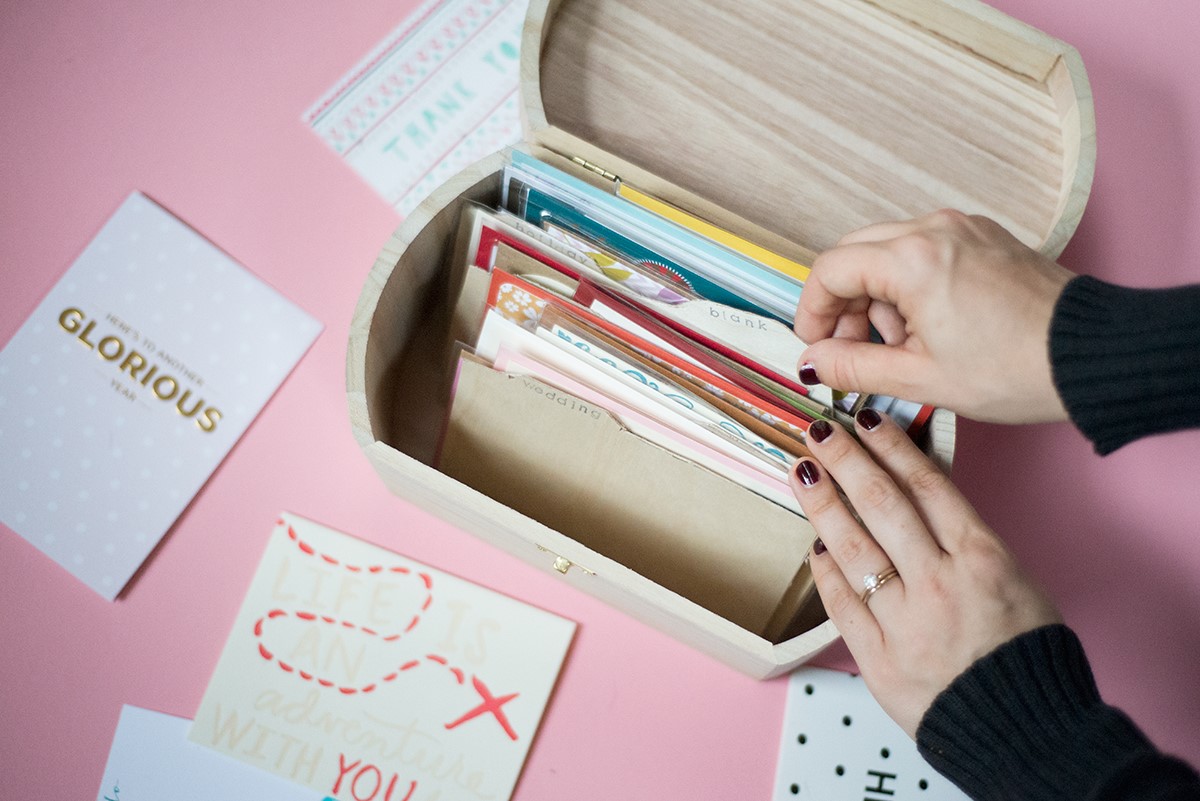

Articles
How To Store Greeting Cards
Modified: January 6, 2024
Looking for tips on how to store greeting cards? Check out our articles filled with helpful advice and creative ideas to keep your cards organized and well-preserved.
(Many of the links in this article redirect to a specific reviewed product. Your purchase of these products through affiliate links helps to generate commission for Storables.com, at no extra cost. Learn more)
Introduction
Greeting cards are a beautiful way to express our emotions and share special moments with our loved ones. Whether it’s a birthday, anniversary, graduation, or any other occasion, receiving a heartfelt message in a beautifully designed card can make someone’s day.
But what do you do with all those greeting cards once the occasion has passed? Many of us have a collection of cherished greeting cards that hold sentimental value. Whether they’re from family members, close friends, or even handmade creations, it’s important to find the right way to store and preserve these precious memories.
In this article, we will provide you with valuable tips on how to store greeting cards properly. We’ll discuss the best storage materials, how to organize them by occasion and recipient, and how to maintain their condition over time. So, let’s dive in and discover the art of storing greeting cards in a way that keeps them safe, organized, and ready to be cherished for years to come.
Key Takeaways:
- Preserve the sentimental value of greeting cards by using acid-free materials, organizing by occasion and recipient, and sharing stories with loved ones. Proper storage ensures cherished memories last for generations.
- Safeguard greeting cards with special features and oversized dimensions by using acid-free sleeves, careful handling, and dedicated storage options. Showcasing and rotating displayed cards adds a personal touch to your decor.
Read more: How To Store Old Greeting Cards
Choosing the Right Storage Materials
When it comes to preserving greeting cards, choosing the right storage materials is essential. The materials you select should provide protection from dust, humidity, and light, keeping the cards in optimal condition for years to come.
Here are some key elements to consider when choosing storage materials for your greeting cards:
- Acid-free and archival-quality: Look for acid-free materials, such as acid-free paper, envelopes, and cardstock. Acidic materials can cause yellowing and deterioration of the cards over time. Opting for archival-quality materials ensures that your greeting cards are stored in a safe and long-lasting environment.
- Clear plastic sleeves: Individual plastic sleeves are an excellent way to protect the cards from dust and moisture. Choose sleeves that are made from archival-quality, polypropylene-free plastics to prevent any potential damage to the cards.
- Cardboard or acid-free boxes: Store your sleeved greeting cards in sturdy cardboard boxes or acid-free archival boxes. These boxes will provide additional protection and keep the cards organized in one place.
- Labeling materials: Use acid-free labels or tags to label your greeting cards by occasion, year, or recipient. This will help you easily locate specific cards when you want to revisit them or send them again in the future.
By choosing the right storage materials, you can ensure that your greeting cards are protected from external elements and preserved in their original condition for years to come.
Organizing Greeting Cards by Occasion
Organizing your greeting cards by occasion can help you easily locate specific cards when you want to revisit them or send them to someone else for the same occasion. Here are some tips to help you organize your greeting cards:
- Create separate categories: Divide your greeting cards into different categories based on occasions such as birthdays, anniversaries, holidays, and special events. This will help you quickly locate cards for specific occasions.
- Use dividers: Place dividers in your storage box or file folder to separate the different occasion categories. Label each divider with the respective occasion to make it easy to find the cards you need.
- Arrange cards chronologically: Within each occasion category, arrange the cards in chronological order. This will allow you to easily see the progression of cards received over the years.
- Consider a card organizer: If you have a large collection of greeting cards, consider investing in a card organizer or filing system specifically designed for greeting cards. These organizers usually have sections labeled with various occasions, making it even easier to sort and locate specific cards.
By organizing your greeting cards by occasion, you can easily find the perfect card when a special occasion arises. Plus, it’s a wonderful way to reminisce and cherish the memories attached to each card you’ve received.
Sorting Greeting Cards by Recipients
In addition to organizing greeting cards by occasion, sorting them by recipients can also be a helpful way to keep your collection neat and easily accessible. Here are some tips for sorting greeting cards by recipients:
- Create recipient categories: Divide your greeting cards into different categories based on recipients, such as family members, friends, colleagues, and significant others. This will allow you to quickly locate cards for specific people.
- Use labeled dividers: Similar to organizing by occasion, use dividers in your storage box or file folder to separate the different recipient categories. Label each divider with the name or relationship of the recipient for easy reference.
- Arrange cards in chronological order: Within each recipient category, arrange the cards in chronological order based on the date you received them. This will help track the progression and significance of the cards over time.
- Consider sub-categories: If you have a large number of cards for a specific recipient, you can further divide them into sub-categories. For example, within the family category, you can have sub-categories for parents, siblings, and other relatives.
Sorting greeting cards by recipients not only makes it easier to find specific cards, but it also adds a personal touch to the organization of your collection. As you go through your cards, you’ll be reminded of the special connections you have with each recipient.
Properly Storing Handmade Greeting Cards
Handmade greeting cards often hold sentimental value and are unique pieces of art. To keep these precious cards in the best condition possible, here are some tips for properly storing handmade greeting cards:
- Use protective sleeves: Place each handmade card in a clear, acid-free plastic sleeve. This will protect it from dust, moisture, and potential damage.
- Avoid excessive handling: Handmade cards are delicate, so minimize handling to prevent wear and tear. Hold them by the edges or use clean, dry hands when touching the cards.
- Store in a cool, dry place: Choose a storage area with stable temperature and low humidity levels to prevent warping or discoloration of the handmade cards.
- Separate delicate embellishments: If the handmade card features delicate embellishments like ribbons, beads, or buttons, place a layer of acid-free tissue paper between the embellishments and the card itself to prevent any damage.
- Avoid direct sunlight: Sunlight can fade colors and damage the delicate paper used in handmade cards. Keep them stored away from direct sunlight to maintain their vibrancy and condition.
- Consider flat storage: For flat handmade cards, such as those without bulky embellishments, store them in acid-free archival boxes or albums specifically designed for greeting cards. This will ensure they remain protected and organized.
- Label and date: Don’t forget to label and date your handmade cards. It helps to keep track of the occasion, the sender, and the year the card was received. You can use acid-free labels or write directly on the protective sleeve.
By taking these steps to store your handmade greeting cards properly, you can preserve the beauty and artistry of each card for years to come. These cards are not just heartfelt expressions of love and creativity but also treasured mementos of the special moments they were given for.
Store greeting cards in a cool, dry place to prevent discoloration and damage. Use acid-free boxes or folders to protect them from light and humidity.
Read more: How To Store Card Games
Maintaining the Condition of Greeting Cards
To ensure the longevity and pristine condition of your greeting cards, it’s important to take proper care of them. Here are some tips to help you maintain the condition of your greeting cards:
- Handle with clean hands: Before touching your greeting cards, make sure your hands are clean and dry to avoid transferring oils, dirt, or moisture onto the cards.
- Avoid bending or folding: Greeting cards are meant to be kept flat. Avoid bending, folding, or creasing them as it can cause permanent damage to the cardstock or embellishments.
- Prevent exposure to liquids: Keep your greeting cards away from water, beverages, or any other liquids. Accidental spills can ruin the card and its design.
- Store in a controlled environment: Maintain a stable environment for your greeting cards by avoiding extreme temperatures, high humidity, and direct sunlight. Fluctuations in temperature and humidity can lead to warping, discoloration, or deterioration of the cards.
- Regularly inspect for pests: Check your storage area periodically for signs of pests such as insects or rodents. These unwanted visitors can cause damage to your greeting cards if left unchecked.
- Keep cards away from adhesives: Avoid storing greeting cards near adhesive materials like tapes, glue, or sticky notes as they can transfer onto the cards and leave residue or damage the surface.
- Consider using archival-quality sleeves: If you have particularly delicate or valuable greeting cards, consider using archival-quality sleeves or envelopes for extra protection. These sleeves provide a barrier against dust, UV rays, and other potential contaminants.
By following these guidelines, you can ensure that your greeting cards stay in excellent condition and retain their sentimental value for years to come. Taking care of these cherished belongings adds to the joy of revisiting them and sharing them with future generations.
Preserving Sentimental Greeting Cards
Sentimental greeting cards hold a special place in our hearts, as they are often filled with personal messages and memories. Preserving these cards ensures that the sentimental value and emotional connections are maintained. Here are some tips for preserving sentimental greeting cards:
- Choose acid-free materials: As mentioned before, use acid-free sleeves, paper, and storage materials to prevent yellowing and deterioration of the cards over time.
- Scan or photograph the cards: Consider scanning or photographing the sentimental greeting cards. This allows you to create digital copies that can be safely stored and easily shared with others while keeping the original cards preserved.
- Write descriptions and memories: Attach a small note or tag to each sentimental greeting card, capturing the memories and emotions associated with the card. This will help you relive those moments in the future.
- Create a memory box: Dedicate a special memory box or album to keep your sentimental greeting cards. Include other mementos like photographs, ticket stubs, or letters to enrich the memories tied to the cards.
- Showcase them as artwork: Frame or display some of your most cherished sentimental greeting cards as artwork in your home. This not only preserves the cards but also adds a personal touch to your decor.
- Rotate displayed cards: To avoid overexposure to light and potential damage, periodically rotate the sentimental cards on display to keep them in their best condition.
- Share the stories with loved ones: Take the time to share the stories and memories behind the sentimental greeting cards with your loved ones. This not only keeps the memories alive but also strengthens the emotional connections shared with the cards.
Preserving sentimental greeting cards is a way to honor the heartfelt messages and memories they carry. By using these tips, you can ensure that these cherished cards remain a tangible reminder of the special moments and relationships in your life.
Tips for Storing Greeting Cards with Special Features
Greeting cards with special features such as pop-ups, glitter, or detachable elements require extra care when it comes to storage. Here are some tips for properly storing greeting cards with special features:
- Secure detachable elements: If the card has detachable elements like tags, ribbons, or ornaments, secure them in place to avoid loss or damage. Use acid-free adhesive or small paperclips to keep these elements in position.
- Protect pop-up or 3D elements: Gently close any pop-up or 3D elements of the card before storing them. Place a layer of acid-free tissue paper to protect them from getting crushed or damaged.
- Use padded envelopes or boxes: Consider using padded envelopes or boxes specifically designed for delicate greeting cards with special features. These provide extra protection against impact and pressure.
- Avoid stacking heavy items on top: When storing greeting cards with special features, make sure to avoid placing heavy items on top of them. The added weight can cause the elements to bend, break, or become misaligned.
- Handle with care: When handling greeting cards with special features, be gentle and avoid excessive bending or folding. Treat them delicately to preserve the integrity of their unique elements.
- Store in upright position: If the card has delicate or protruding elements, such as ribbons or decorative pieces, store it in an upright position to prevent these elements from becoming damaged or bent.
- Avoid excessive humidity: High humidity can cause adhesives to weaken and elements to warp. Store cards with special features in a cool, dry environment to prevent any potential damage.
- Label fragile cards: For extra caution, label the storage container or envelope as “fragile” to remind yourself and others to handle it with care.
By following these tips, you can ensure that greeting cards with special features are stored properly, preserving their unique elements and charm for years to come. Proper storage not only protects the cards but also allows you to revisit the joy and excitement each card brings.
Storing Oversized Greeting Cards
Oversized greeting cards, with their larger dimensions and unique designs, require special consideration when it comes to storage. Here are some tips for properly storing oversized greeting cards:
- Find oversized storage options: Look for storage options specifically designed for oversized items, such as art portfolios, poster tubes, or oversized storage boxes. These will provide the necessary space and protection for your large greeting cards.
- Use acid-free sleeves: Slip oversized greeting cards into acid-free sleeves or protective covers to shield them from dust, dirt, and potential damage.
- Store cards flat or rolled: Depending on the design and structure of the oversized cards, choose whether to store them flat or roll them. Flat storage is ideal for cards with delicate elements or multiple layers, while rolling is suitable for cards without such features.
- Label and organize: As with smaller cards, label the oversized storage containers or sleeves to easily identify the specific cards or occasions they contain. Consider organizing them chronologically or by occasion for easy retrieval.
- Avoid excessive pressure: Large greeting cards are more susceptible to creases and damage from excess pressure. Store them in containers where they won’t be compressed, and avoid stacking heavy items on top of them.
- Consider vertical storage: If you have limited horizontal storage space, vertical storage can be a viable option for oversized cards. Use sturdy boxes or containers that allow the cards to be stored on their sides, preventing excessive bending or warping.
- Store in a cool, dry place: As with all greeting cards, it’s important to keep the oversized cards in a cool and dry environment to prevent moisture-related damage.
- Showcase them when possible: If you have wall space or a display area, consider showcasing your favorite oversized greeting cards as unique decor pieces. Frame them or use adhesive strips to hang them, treating them as works of art.
By following these tips, you can ensure that your oversized greeting cards remain protected, organized, and in excellent condition. Whether they’re treasured mementos or eye-catching pieces of art, properly storing oversized cards allows you to enjoy their beauty and sentimental value for many years to come.
Read more: How To Store A Sim Card
Conclusion
Greeting cards hold a special place in our hearts, filled with heartfelt messages, cherished memories, and artistic designs. Properly storing and preserving these cards ensures that their sentimental value and beauty are maintained for years to come.
By choosing the right storage materials, such as acid-free sleeves and archival-quality boxes, you can protect your greeting cards from dust, humidity, and light. Organizing them by occasion and recipient makes it easy to locate specific cards when needed, while storing handmade and special feature cards requires extra care to prevent damage.
Maintaining the condition of greeting cards involves handling them with clean hands, avoiding bending or folding, and protecting them from exposure to liquids and pests. Preserving sentimental greeting cards allows us to honor the memories and emotions they hold, while storing oversized greeting cards requires dedicated storage options and careful handling.
In the end, dedicating effort and attention to the storage and preservation of greeting cards allows us to cherish them as tangible reminders of cherished relationships, thoughtful moments, and special occasions. Whether it’s a collection of handmade cards, sentimental keepsakes, or oversized works of art, the proper storage ensures that these greeting cards continue to bring joy and evoke warm memories for years to come.
Frequently Asked Questions about How To Store Greeting Cards
Was this page helpful?
At Storables.com, we guarantee accurate and reliable information. Our content, validated by Expert Board Contributors, is crafted following stringent Editorial Policies. We're committed to providing you with well-researched, expert-backed insights for all your informational needs.
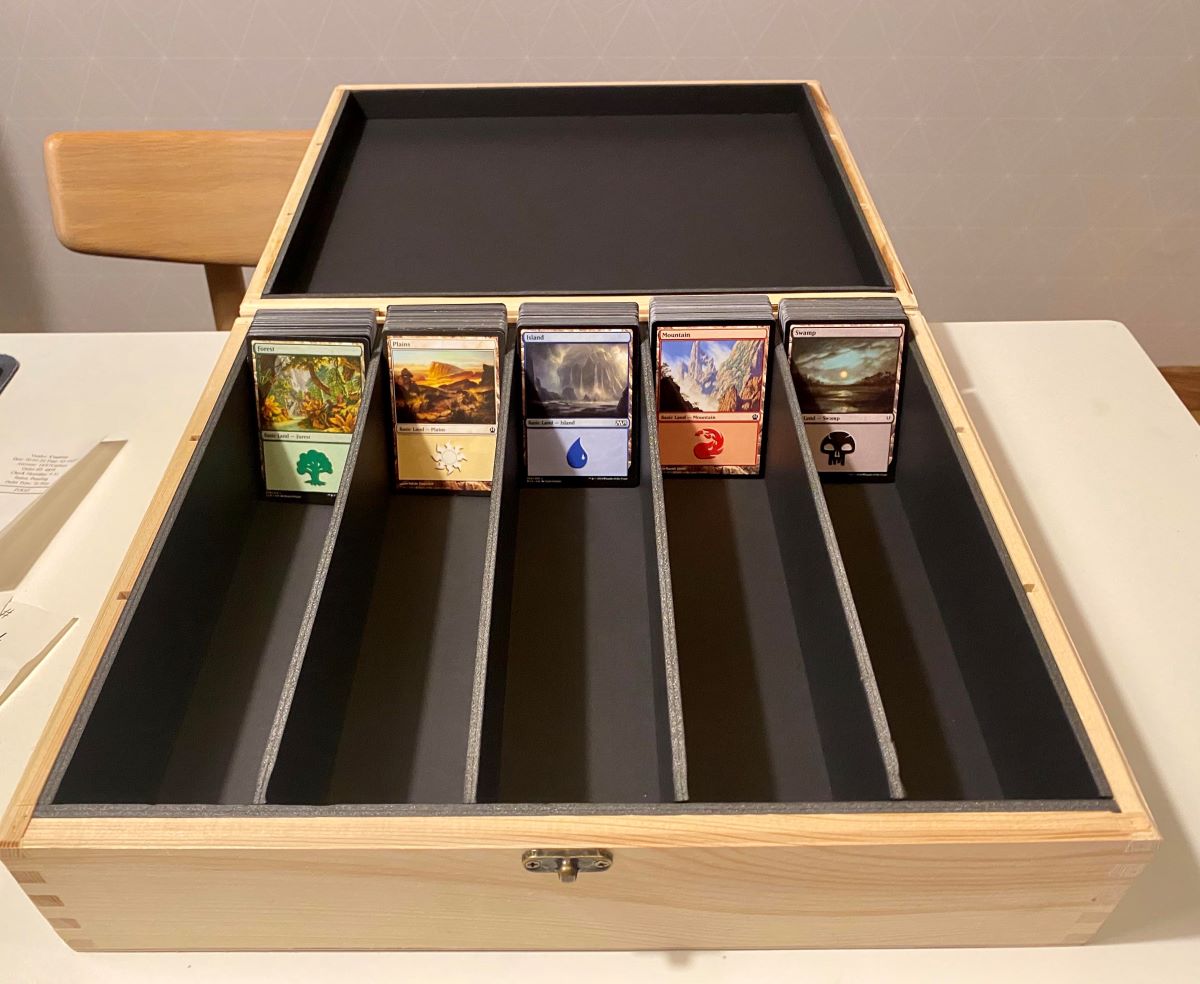
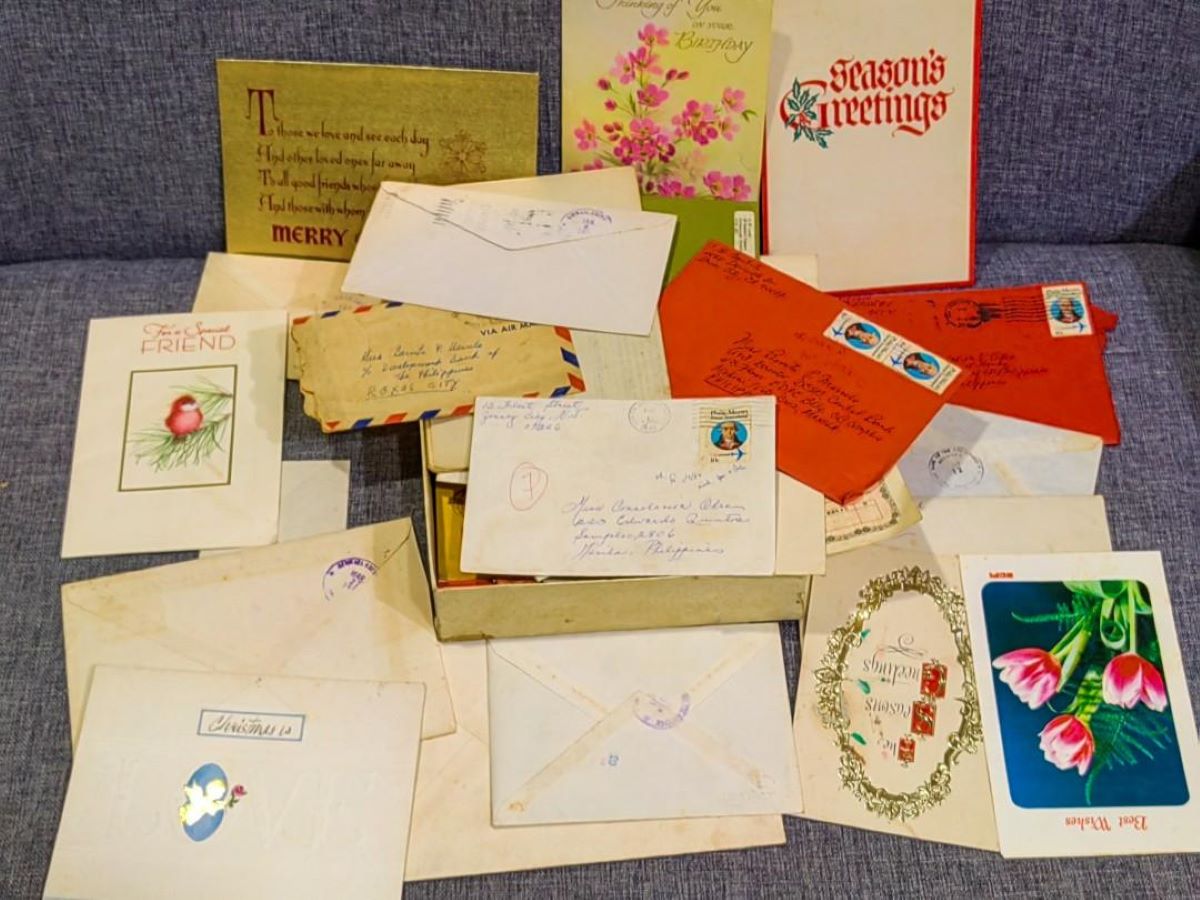
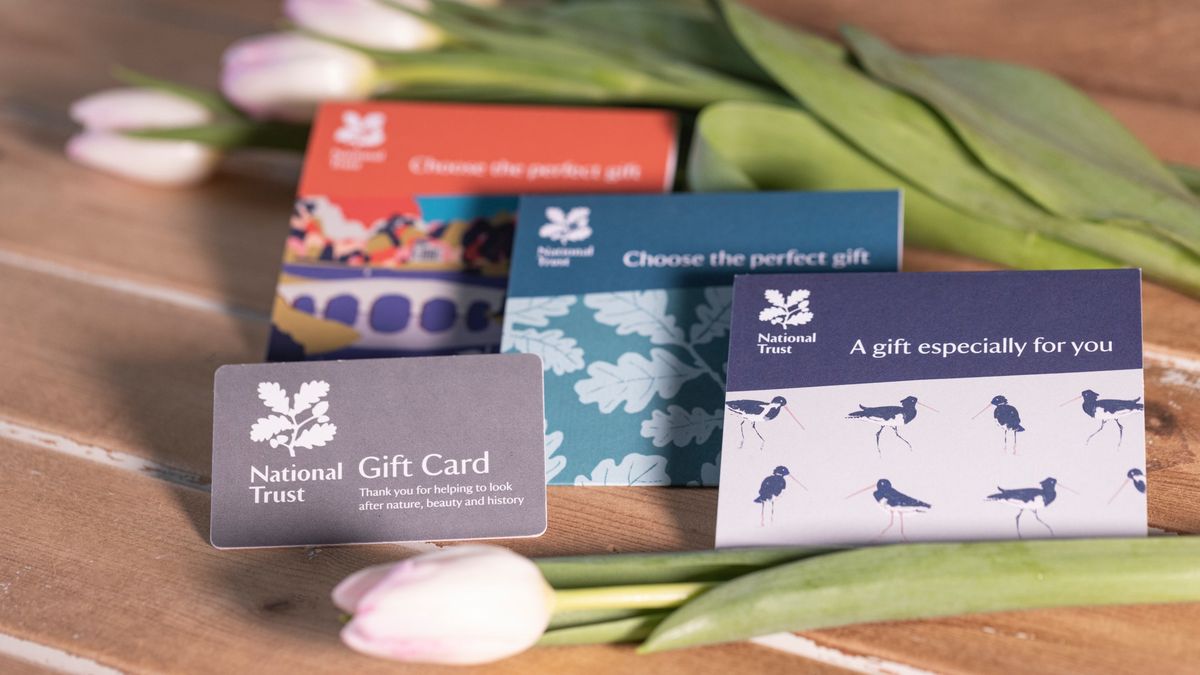
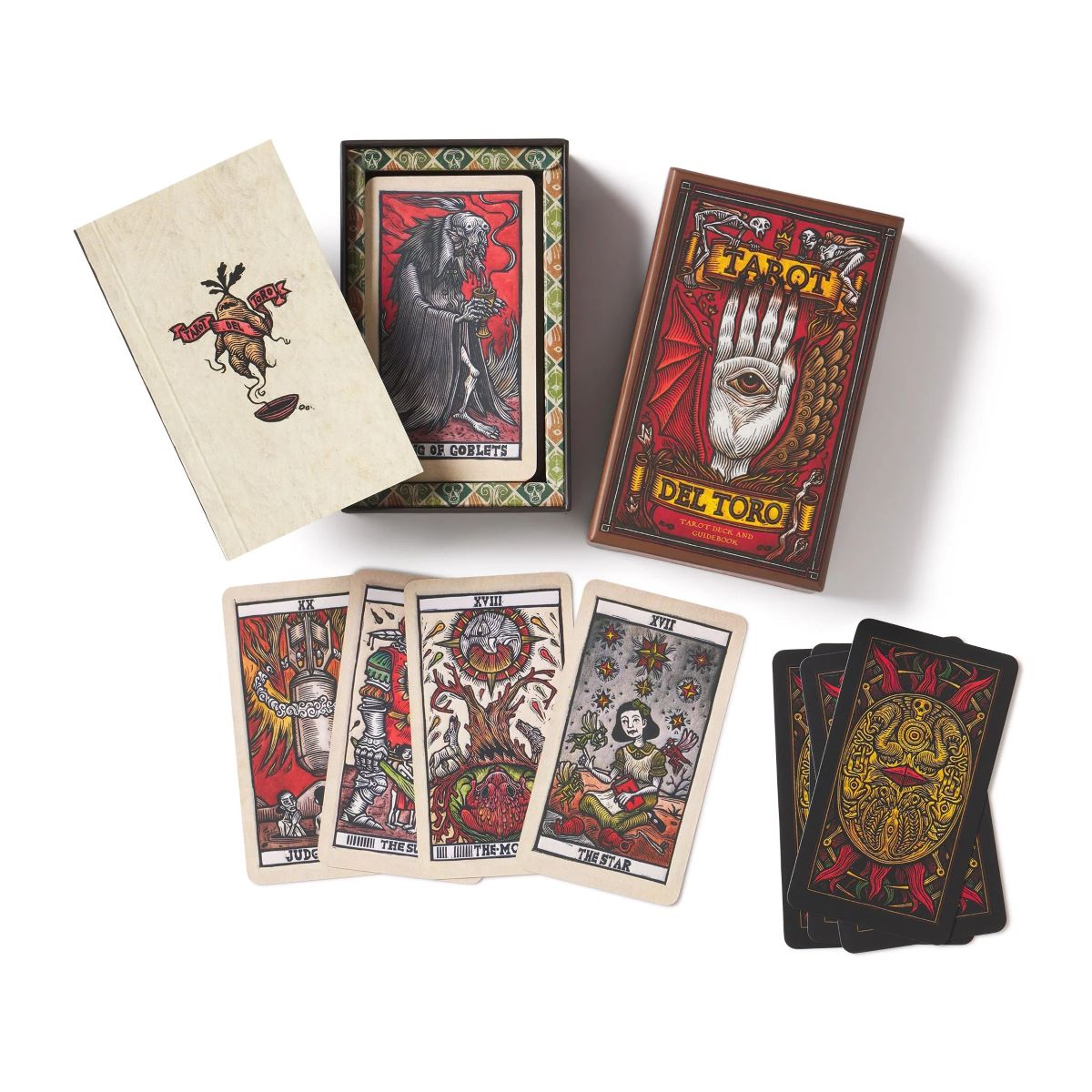
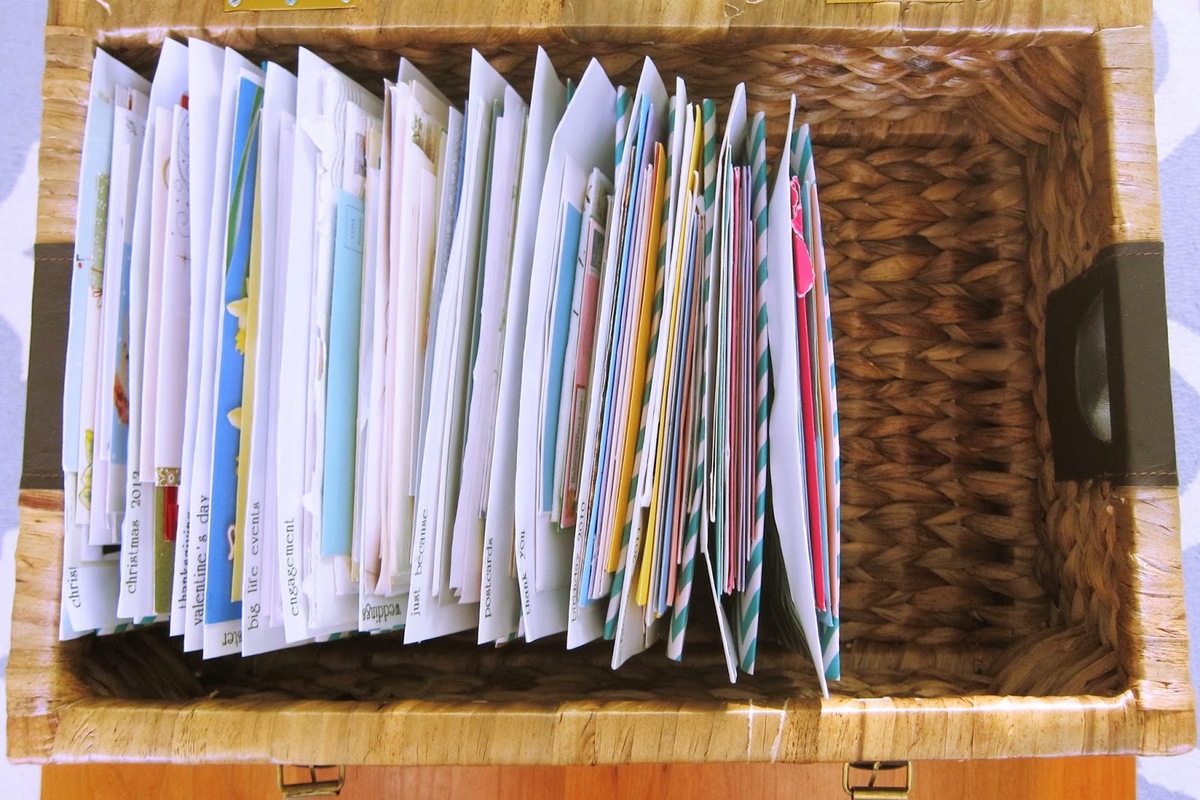
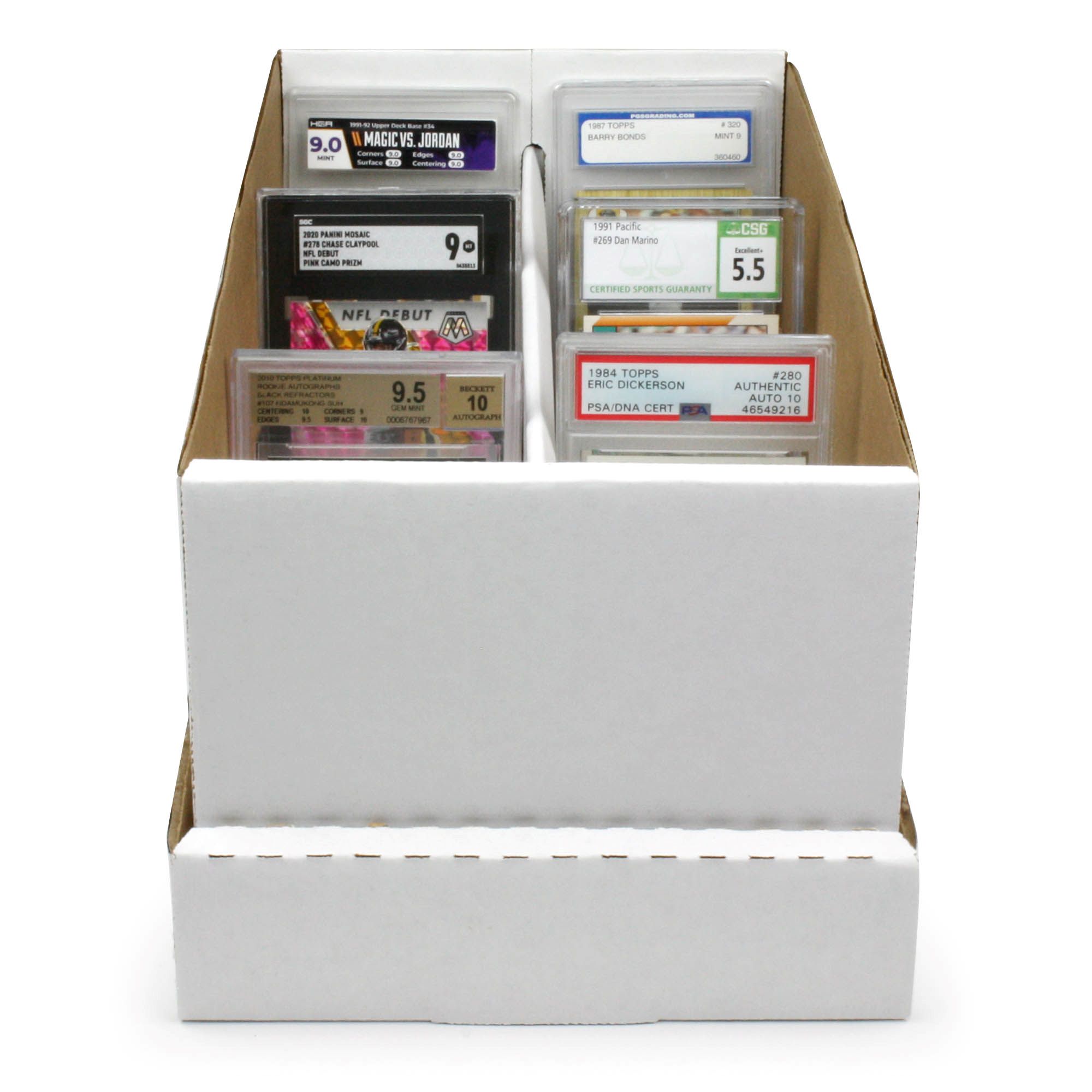
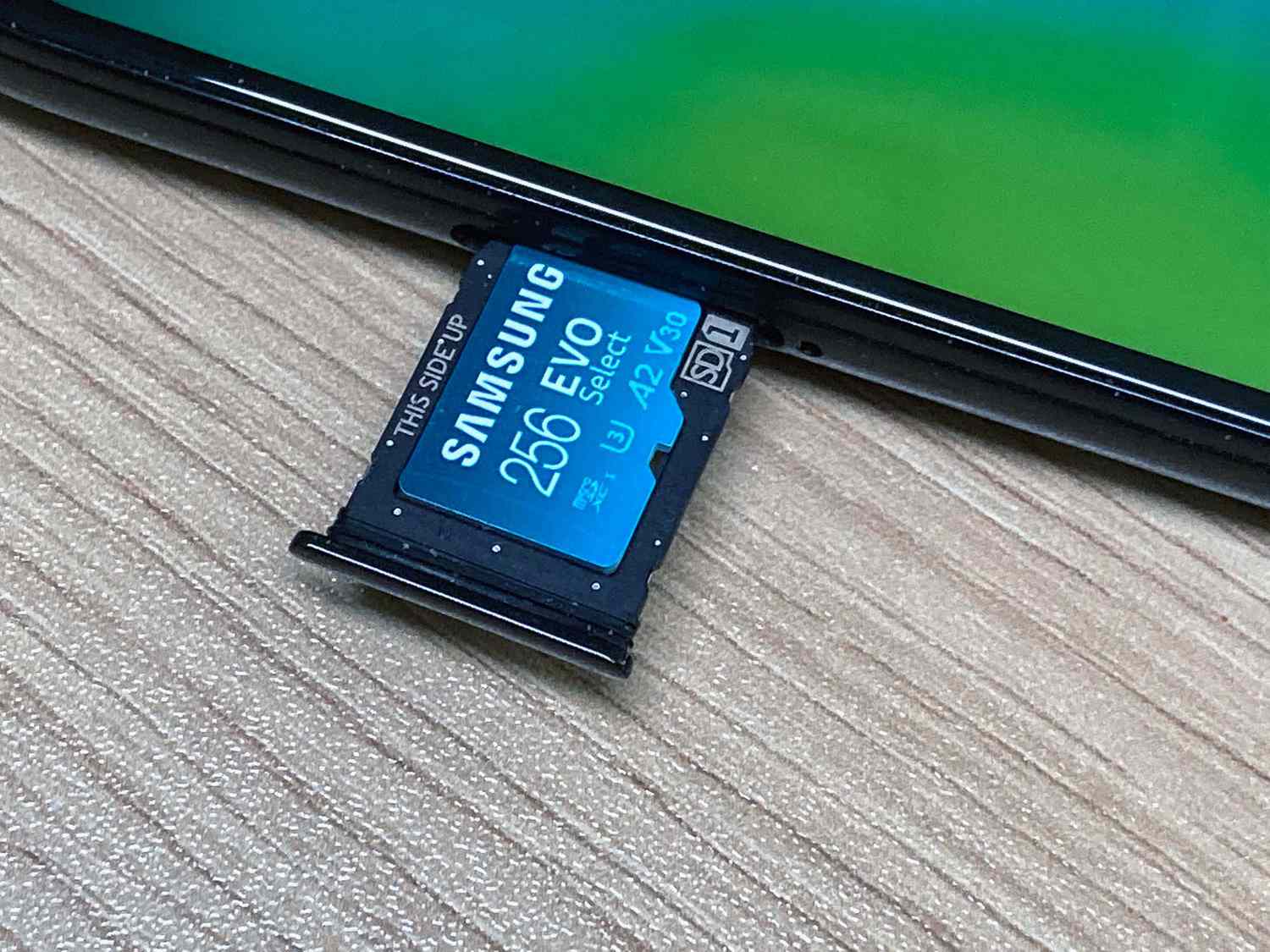
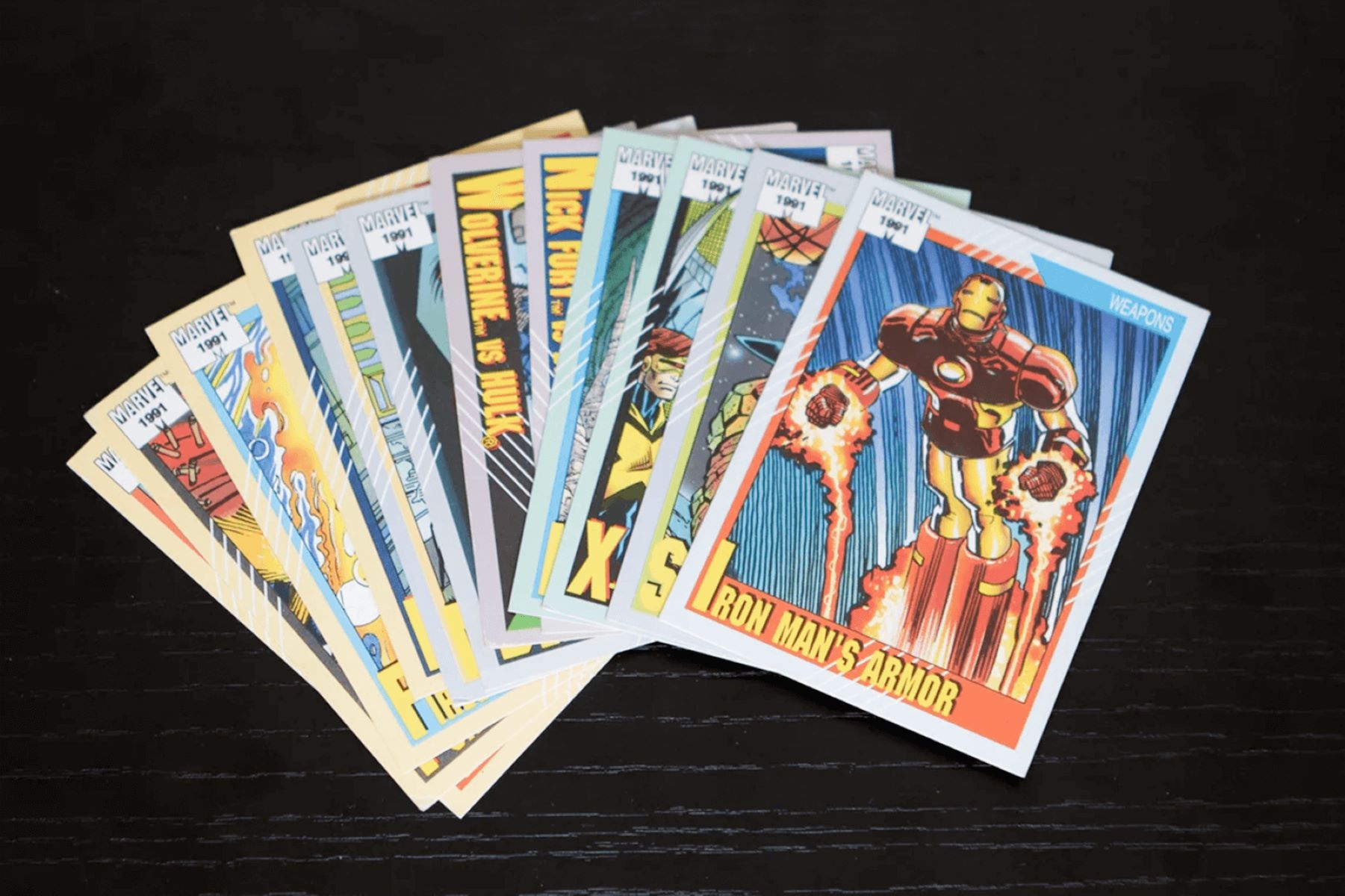
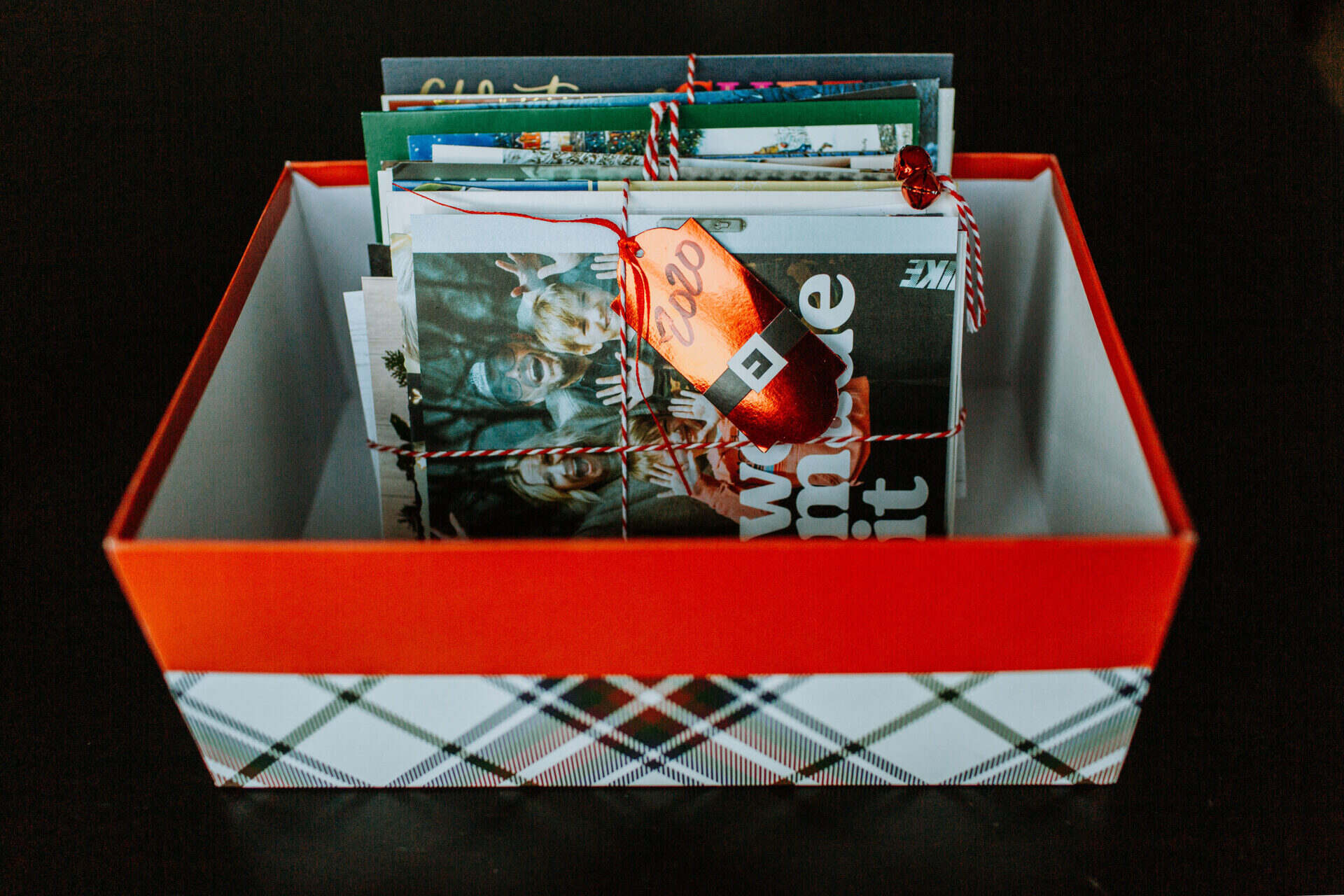
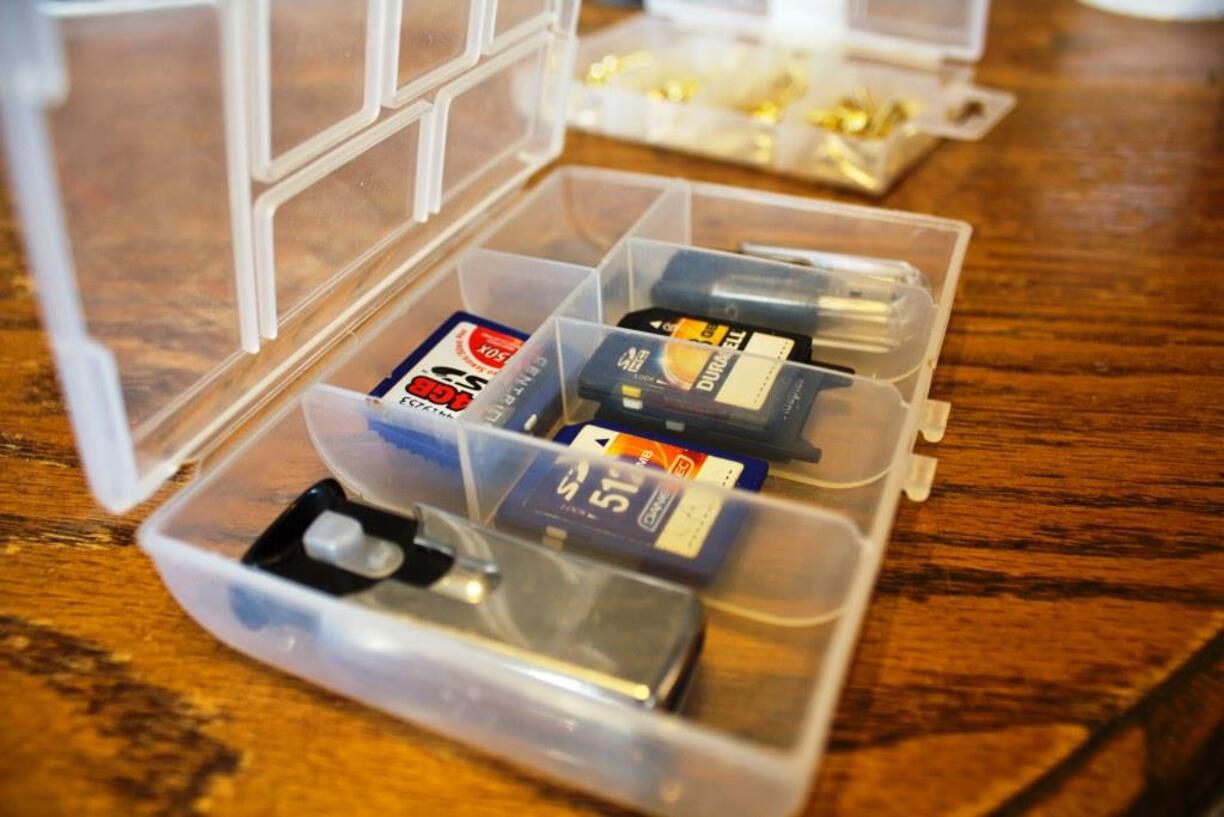
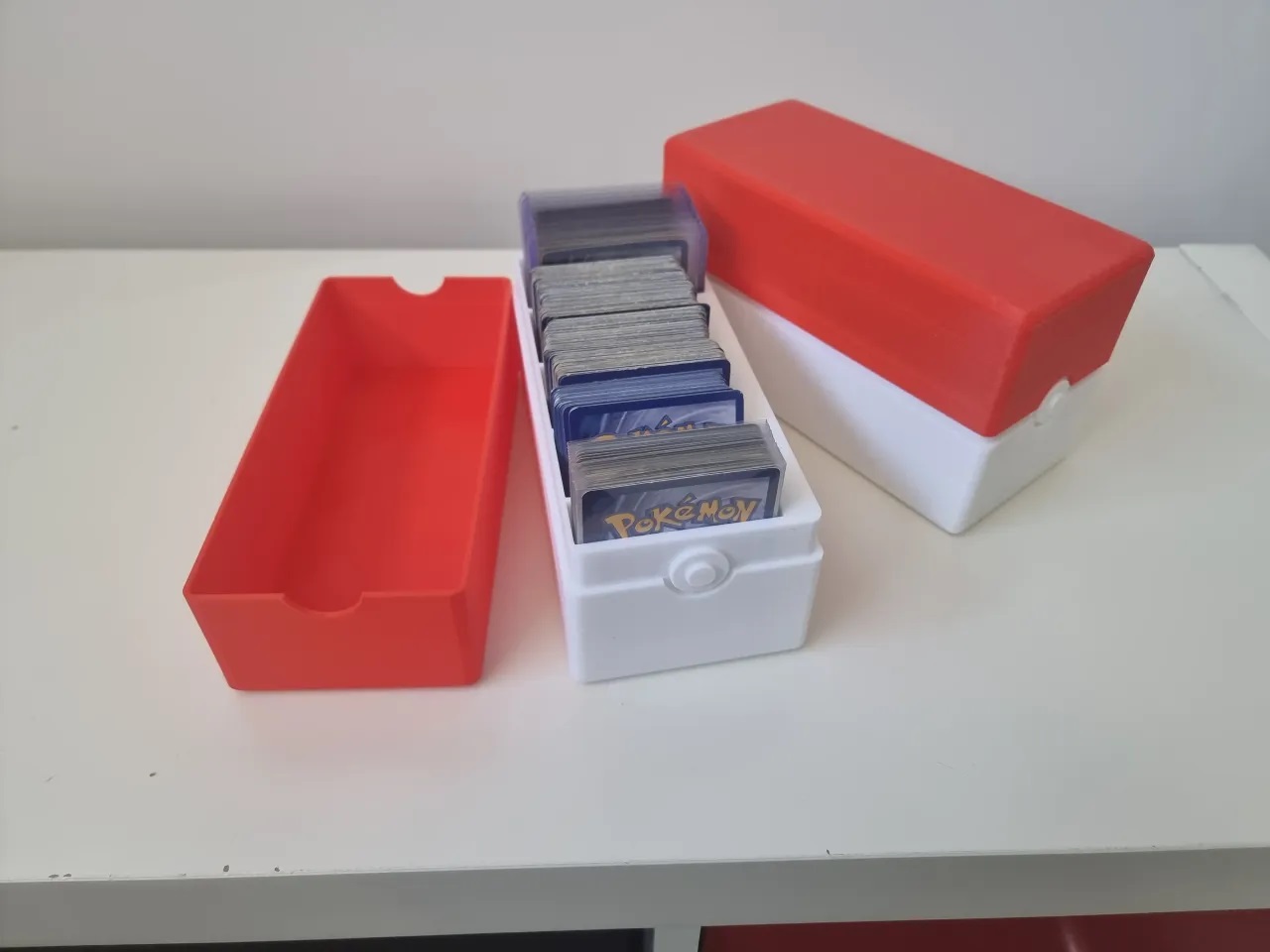
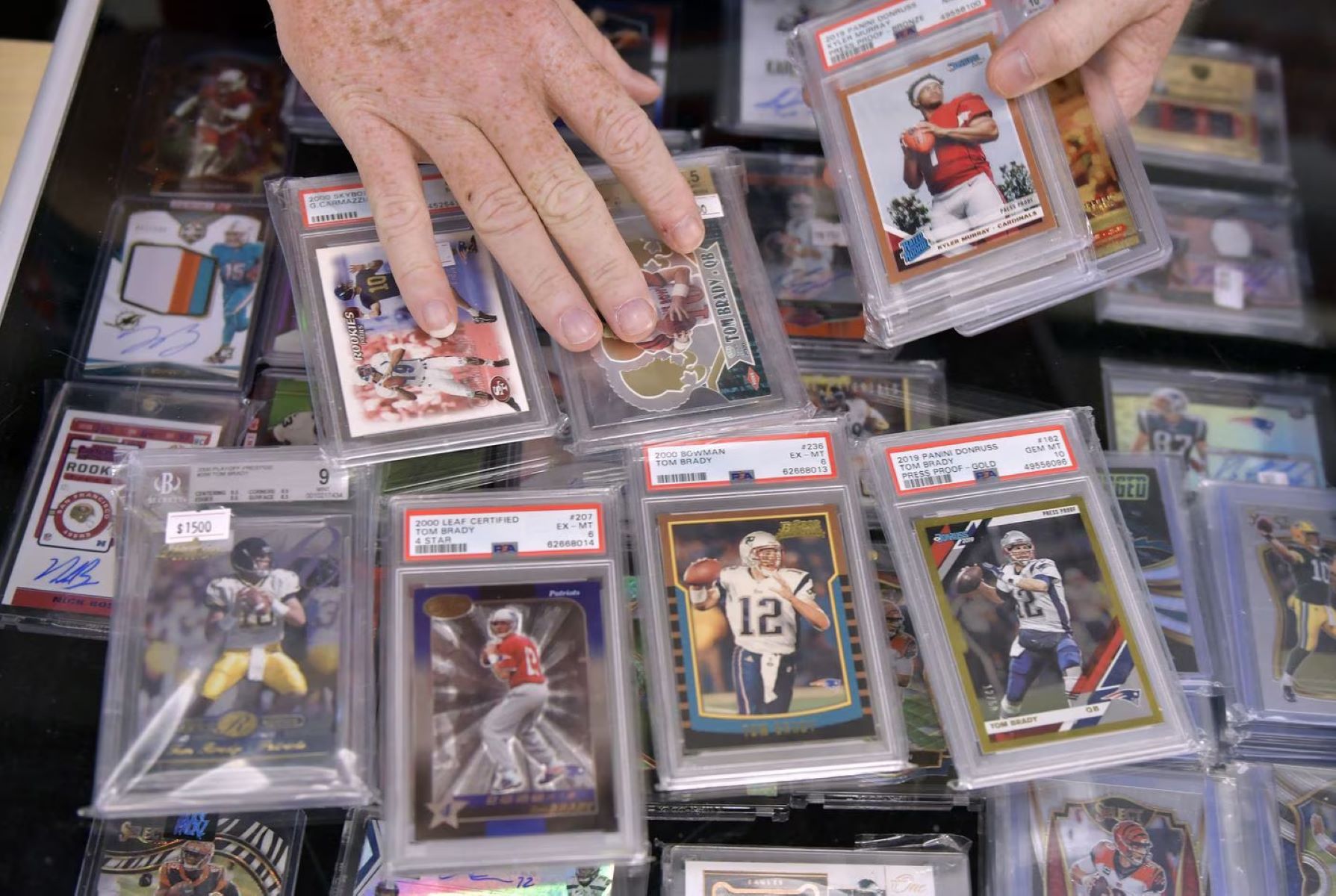
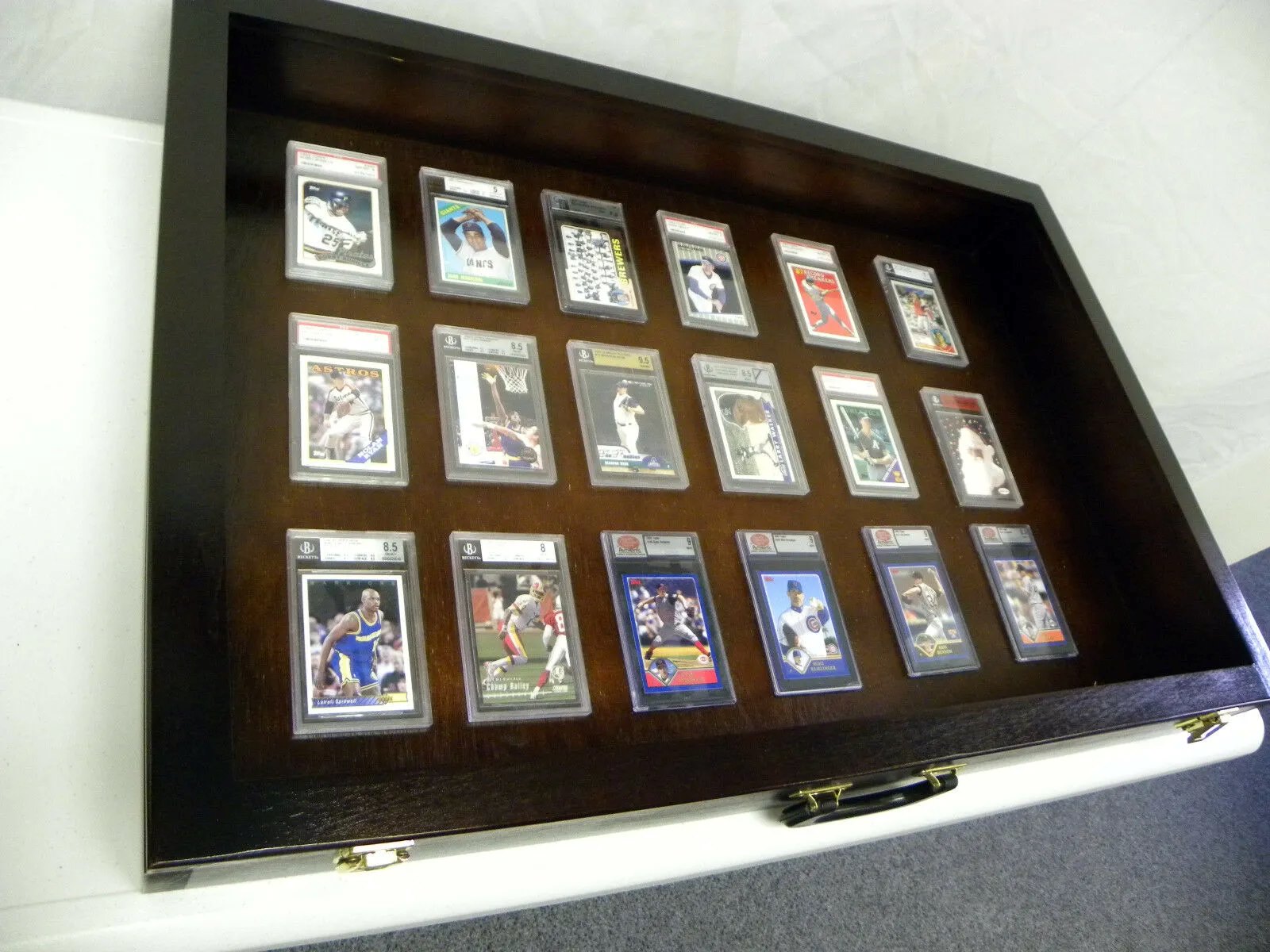

0 thoughts on “How To Store Greeting Cards”